Flowers have captivated and inspired humans for millennia, with their beauty, fragrance, and symbolism. Whether you're a gardener, a nature lover, or simply someone who appreciates the finer things in life, there's no denying the allure of these colorful and complex creations. But beyond their aesthetic appeal, flowers also offer a wide range of benefits, from medicinal properties to environmental services. In this article, we'll explore the fascinating world of flowers and highlight some of the most unique and intriguing species out there.
The Evolution and Diversity of Flowers
Flowers are the reproductive structures of plants, designed to attract pollinators and ensure the continuation of the species. They evolved from primitive seed plants around 140 million years ago and have since diversified into a staggering array of shapes, colors, and sizes. From the delicate petals of a rose to the bold spikes of a thistle, flowers come in all shapes and sizes, each with its own unique adaptations and strategies for survival.
Some flowers are highly specialized, with complex structures that are tailored to specific pollinators. For example, the orchid family includes species that mimic the appearance and scent of female insects, tricking male insects into attempting to mate with them and inadvertently spreading pollen in the process. Other flowers use bright colors and sweet fragrances to attract a wide range of pollinators, from bees and butterflies to hummingbirds and bats.
The Benefits of Flowers
Beyond their beauty and complexity, flowers also offer a range of practical benefits for humans and the environment. Here are just a few examples:
Medicinal properties:
Many flowers contain compounds that have medicinal properties, from pain-relieving properties to antibacterial and anti-inflammatory effects. Some well-known examples include chamomile, which has calming properties, and lavender, which is used to promote relaxation and sleep.
Food and drink:
Flowers have long been used as ingredients in food and drink, from rose petals and lavender to chamomile and hibiscus. Edible flowers can add color and flavor to dishes, while herbal teas made from flowers can have a range of health benefits.
Environmental services:
Flowers play a vital role in maintaining healthy ecosystems, providing food and habitat for a wide range of animals and insects. They also help to purify the air and regulate the climate, absorbing carbon dioxide and releasing oxygen.
Unique and Fascinating Flowers
While all flowers have their own unique beauty and qualities, some species stand out for their exceptional and intriguing features. Here are just a few examples:
Titan Arum:
Also known as the "Corpse Flower," this giant flower native to Sumatra is one of the largest and rarest flowers in the world. It can grow up to 10 feet tall and emits a putrid smell that is similar to rotting flesh, attracting pollinators such as carrion beetles and flesh flies.
Ghost Orchid:
This rare orchid is found in the swamps and forests of Florida and Cuba and has no leaves. It appears to float in mid-air, with its roots clinging to the bark of trees. The ghost orchid has a unique and delicate appearance, with a white, translucent flower that looks almost like a ghostly apparition.
Rafflesia:
This parasitic flower native to Southeast Asia is known for its massive size and distinctive odor. It has no leaves, stems, or roots, and relies on a host plant for nutrients. The flower can grow up to three feet in diameter and has a strong, foul odor that attracts pollinators such as carrion flies.
Flame Lily:
The Flame Lily, also known as Gloriosa superba, is a stunning and unique flower native to Africa and Asia. It is known for its bright red and yellow petals that resemble flames, hence its name. The Flame Lily is also unique in that it grows as a vine, climbing up to six feet tall using its tendrils to latch onto nearby structures. However, despite its beauty, the Flame Lily is toxic if ingested and can cause serious harm if not handled properly.
Bird of Paradise:
This tropical flower native to South Africa is known for its striking and unusual shape, resembling the head of a brightly colored bird. It has vibrant orange and blue petals and a long, pointed stigma that looks like a bird's beak. The Bird of Paradise is also a popular ornamental plant, commonly used in gardens and landscaping.
These are just a few examples of the many unique and fascinating flowers found around the world. Each species has its own distinct qualities and adaptations that make it special and worth exploring.
Growing and Caring for Flowers
For those interested in growing and caring for flowers, there are many different species to choose from, each with their own specific requirements and preferences. Some general tips for growing healthy and vibrant flowers include:
- Choosing the right soil: Different flowers thrive in different types of soil, so it's important to research the specific needs of each species. Generally, flowers prefer well-draining soil that is rich in nutrients.
- Providing adequate sunlight: Most flowers require at least six hours of direct sunlight per day, although some species prefer partial shade. Be sure to research the specific needs of each species before planting.
- Watering regularly: Flowers need regular watering to thrive, but overwatering can be just as harmful as under-watering. Be sure to research the specific watering needs of each species and adjust accordingly.
- Fertilizing appropriately: Flowers require nutrients to grow and thrive, so it's important to provide them with the right fertilizers. Again, different species have different needs, so be sure to research the specific requirements of each plant.
Conclusion
In conclusion, flowers are not only beautiful and fascinating, but they also offer a wide range of practical benefits for humans and the environment. Whether you're interested in gardening, nature, or simply appreciating the finer things in life, there is much to explore and discover in the world of flowers. From the unique and intriguing species to the practical benefits they offer, there is much to appreciate and admire about these colorful and complex creations. So go ahead and stop to smell the roses - you never know what you might discover!

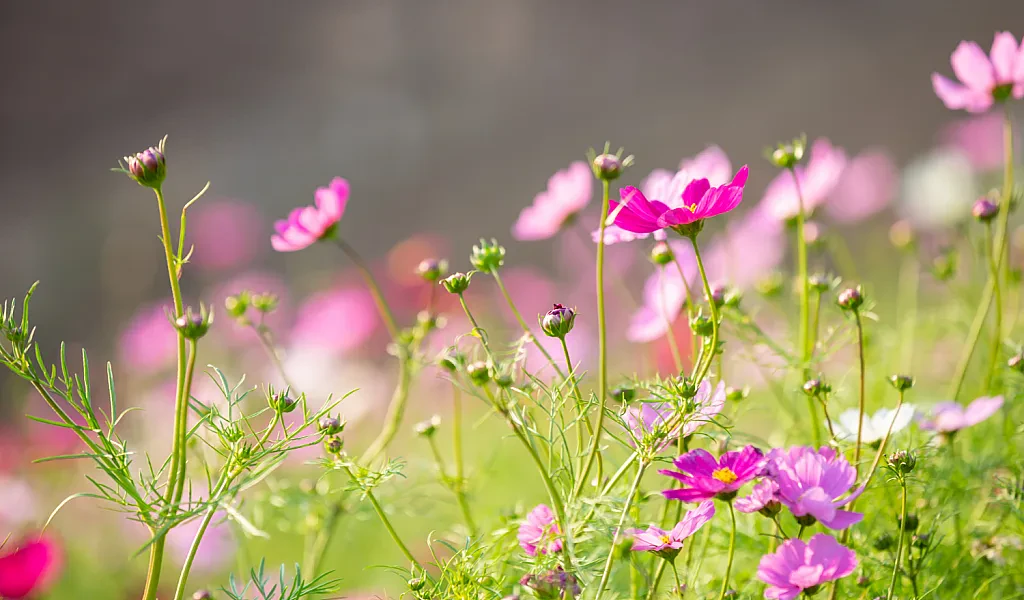
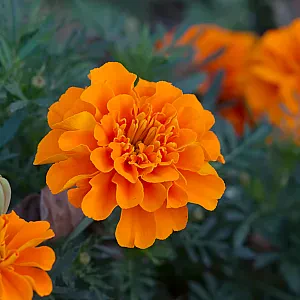
-thumb.webp)
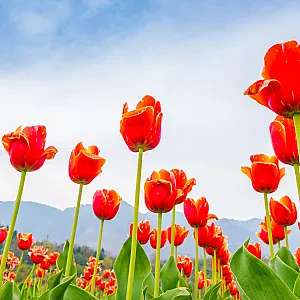
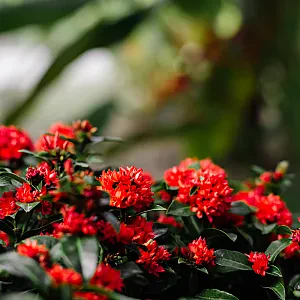

-thumb.webp)
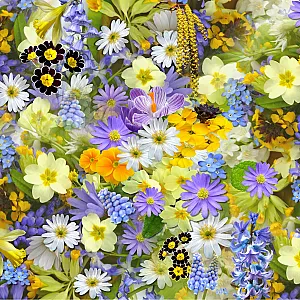
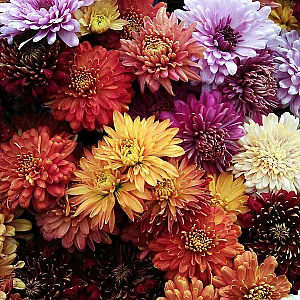
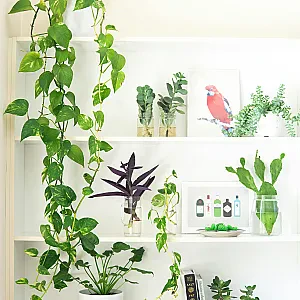

Comments